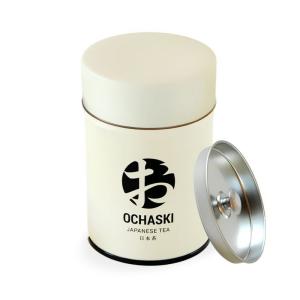decorative tin boxes, a unique tin can box, has a unique shape, similar to a cube, and can bear weight in a durable way. It is very light, and its appearance is made of high-quality tin cans. It has super impact resistance and corrosion resistance, and can store a large number of valuable items. More importantly, it is used to hold candy and gifts. Its appearance is exquisite, and it is popular with many consumers.
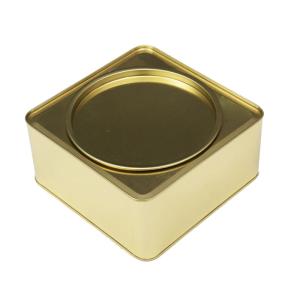
decorative tin boxes, this is a very useful small container. The shell is made of tin cans. It has strong impact resistance and corrosion resistance. Its shape is like a cube, and it can carry a large number of items without being easily damaged. Its durability is also very high. It is also often used to hold candy, small gifts, earrings, bracelets and other items, and its beautiful appearance has been praised by many consumers.
decorative tin boxes, a small box made of tin can materials, can store many items. It has a very delicate cubic shape, can withstand a certain weight, and has impact resistance and corrosion resistance. It can keep its shell to protect items for a long time. It is more used for candy and small gifts, and has been unanimously praised and praised by many consumers.
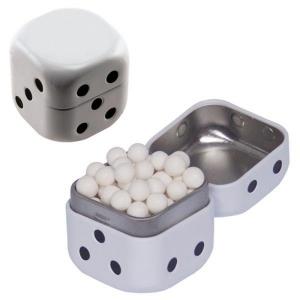
Why choose HY?
decorative tin boxes--A Guide to Frequently Asked Questions
2.What are the different shapes and designs of tin boxes?
3.Does the tin box have antioxidant properties?
4.Are there any partitions and compartments inside the tin box?
5.What is the size of the tin box?
6.What is the internal lining material of the tin box?
7.Is there an option for customizing tin boxes?
8.What is the material of the tin box?
9.What is the production process for tin boxes?
1.Does the tin box have anti-corrosion properties?
It depends on the type of tin box. Some tin boxes are made of galvanized steel, which has anti-corrosion properties, while others are made of plain tin, which does not have anti-corrosion properties.
2.What are the different shapes and designs of tin boxes?
1. Rectangular Tin Boxes 2. Square Tin Boxes 3. Round Tin Boxes 4. Hexagonal Tin Boxes 5. Heart-Shaped Tin Boxes 6. Star-Shaped Tin Boxes 7. Oval Tin Boxes 8. Hexagon-Shaped Tin Boxes 9. Octagon-Shaped Tin Boxes 10. Pyramid-Shaped Tin Boxes 11. Slanted-Lid Tin Boxes 12. Hinged-Lid Tin Boxes 13. Sliding-Lid Tin Boxes 14. Pop-Up Tin Boxes 15. Telescoping Tin Boxes 16. Two-Piece Tin Boxes 17. Three-Piece Tin Boxes 18. Four-Piece Tin Boxes 19. Five-Piece Tin Boxes 20. Six-Piece Tin Boxes
3.Does the tin box have antioxidant properties?
No, the tin box does not have antioxidant properties.
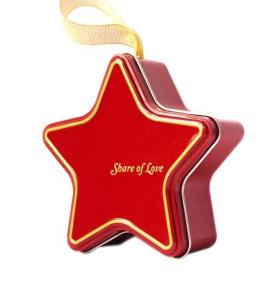
4.Are there any partitions and compartments inside the tin box?
It depends on the type of tin box. Some tin boxes may have partitions and compartments inside, while others may not.
5.What is the size of the tin box?
The size of the tin box depends on the specific box you are referring to.
6.What is the internal lining material of the tin box?
The internal lining material of the tin box is usually made of a food-grade lacquer, which is a type of paint that is safe for food contact.
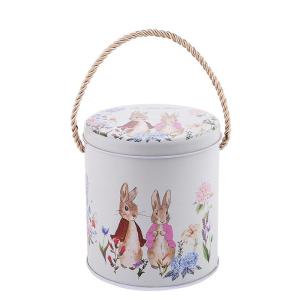
7.Is there an option for customizing tin boxes?
Yes, many tin box manufacturers offer customizing options. Depending on the manufacturer, you may be able to customize the size, shape, color, and design of the tin box. You may also be able to add a logo or other artwork to the box.
8.What is the material of the tin box?
The material of the tin box is usually tin-plated steel.
9.What is the production process for tin boxes?
1. Design: The first step in the production process for tin boxes is to design the box. This includes deciding on the size, shape, and artwork for the box. 2. Tooling: Once the design is finalized, a tooling process is used to create the dies and molds that will be used to form the tin boxes. 3. Cutting: The next step is to cut the tin sheets into the desired shape and size. This is done using a die-cutting machine. 4. Forming: The cut tin sheets are then placed into the molds and pressed into the desired shape. 5. Finishing: The formed tin boxes are then finished with a coating or lacquer to protect them from corrosion and give them a glossy finish. 6. Packaging: The finished tin boxes are then packaged for shipping.
